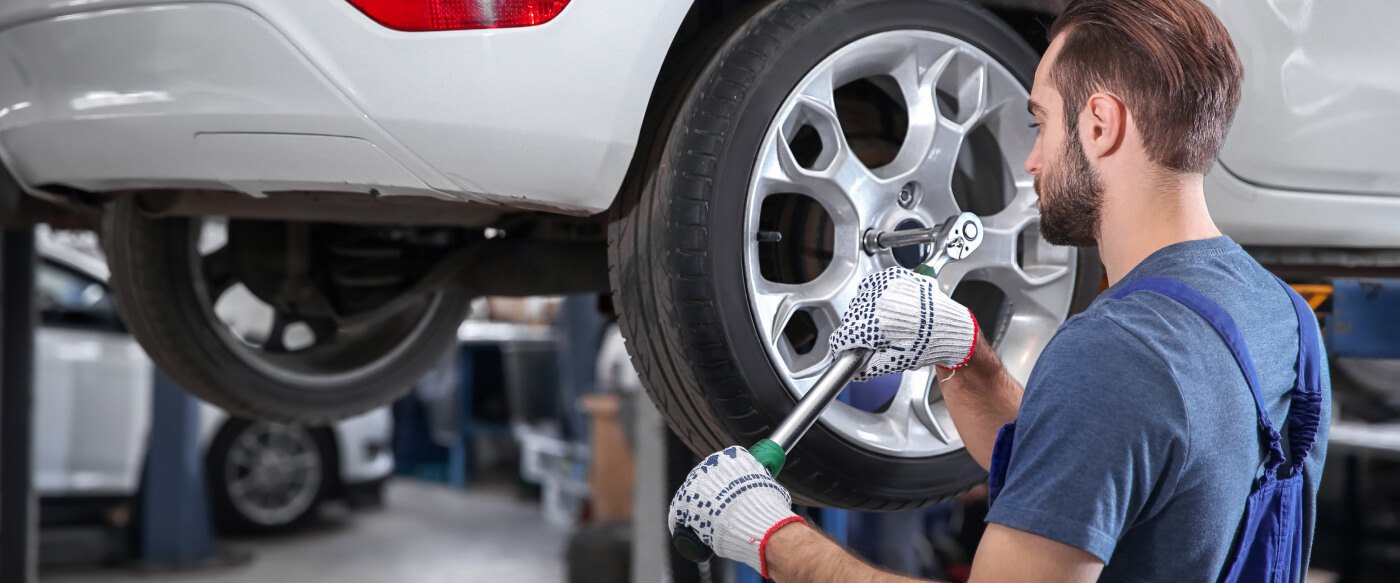Morris Tires: Where GMC Tire Service Fulfills Quality
Tire Service: The Impact of Climate Condition
When it concerns making certain ideal performance and security when driving, understanding the impact of climate condition on tire solution is important. From scorching heat to icy roadways, each weather aspect can dramatically influence tire capability and total driving experience. By delving into the results of varying weather conditions on tires, drivers can gain beneficial insights that might improve their vehicle's efficiency and longevity. In this conversation, we will certainly discover the elaborate partnership between climate condition and tire solution, clarifying the importance of weather-specific tire upkeep techniques and considerations.
Warmth and Tire Performance
When revealed to high temperatures, tires experience changes in performance that can substantially influence car safety and security and handling. The warmth produced from prolonged driving or heat problems triggers the tire rubber to soften, bring about reduced step life and boosted wear. As the rubber becomes softer, the tire's grip on the road reduces, affecting braking distances and total traction. In severe situations, extreme warm can even cause tire blowouts, presenting an extreme safety risk to the vehicle and its passengers.

Cold Climate Effects
Winter conditions can have a significant influence on tire performance and safety. As temperature levels drop, tire rubber can solidify, bring about lowered grip on icy or snow-covered roadways. In chilly weather, tires might likewise lose atmospheric pressure much more swiftly, which can impact dealing with and fuel performance. In addition, cold temperature levels can trigger tire sidewalls to tense, enhancing the danger of damage from pits or various other road threats.
To reduce the results of cold weather on tires, it is vital to consistently examine tire pressure and inflate them to the manufacturer's recommended degrees. Using winter or all-season tires designed for winter problems can additionally boost traction and grasp on icy or snowy roadways. Proper tire maintenance, consisting of routine evaluations for wear and damages, becomes much more crucial during colder months to guarantee ideal efficiency and safety.
Rainy Conditions Influence
Tires with damaged treads are a lot more susceptible to hydroplaning, where a layer of water builds up between the tire and the roadway surface area, leading to loss of traction. To combat this, drivers must consistently evaluate their tires for appropriate walk depth and take into consideration spending in tires particularly made for damp problems.
Moreover, rainy weather can likewise decrease presence, making it challenging for vehicle drivers to see the road ahead clearly (GMC Tire Service). In such conditions, it is vital to readjust driving speeds appropriately and maintain a risk-free complying with range to permit sudden quits. Correctly filled with air tires can likewise help in maintaining control on damp roads by offering better handling and grasp
Snow and Tire Safety
When driving in snowy problems, having the best tires can make a substantial difference in safety and efficiency. Winter months tires are designed with special rubber substances and tread patterns to offer much better grip on snow and ice contrasted to all-season tires.

It is essential to adhere to supplier directions when installing and utilizing tire chains to protect against damages to the tires and lorry. By picking the right tires, keeping appropriate rising cost of living, and considering additional grip help like tire chains, drivers can improve their security when navigating snow-covered roads.
Weather-Related Tire Maintenance
When encountered with numerous weather condition problems, appropriate tire upkeep becomes a vital aspect of vehicle security and efficiency. Weather-related tire maintenance encompasses a range of practices intended at making certain optimal tire feature and durability in different climate scenarios. One vital aspect of weather-related tire maintenance is tire stress policy. Rising and fall temperatures can create tire pressure to differ, affecting traction and fuel efficiency. Routinely examining and readjusting tire stress according to supplier referrals is important for secure driving in changing climate condition. Additionally, tire step depth plays a significant function in managing various climate components. Tires with ample walk depth provide far better hold on damp or icy roadways, lowering the threat of skidding or hydroplaning. When step wear gets to a particular depth is essential for maintaining traction and security in damaging weather, checking tire step consistently and changing tires. By prioritizing weather-related tire upkeep, drivers can improve safety, improve automobile efficiency, and visit our website prolong the life-span of their tires.
Final Thought
To conclude, weather have a substantial effect on tire performance and safety. From warm affecting tire pressure and use to winter minimizing grip, it is important to consider the weather when preserving and using tires. Wet problems can reduce grip and cause hydroplaning, while snow can enhance the threat of mishaps if tires are not properly furnished. Weather-related tire maintenance is critical in guaranteeing optimum click reference performance and safety and security when driving.
In this discussion, we will check out the detailed connection between climate problems and tire solution, losing light on the value of weather-specific tire maintenance practices and considerations.
